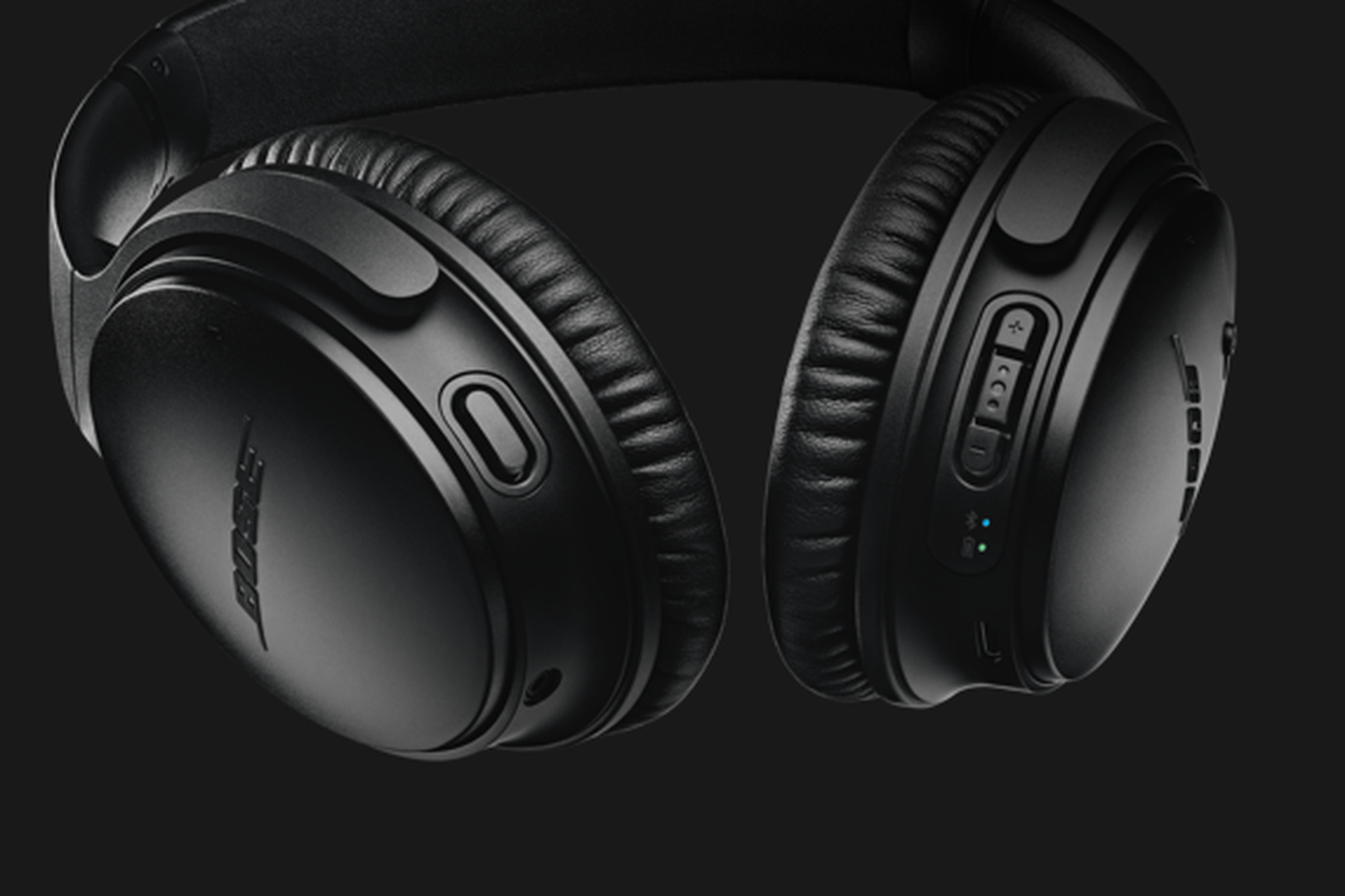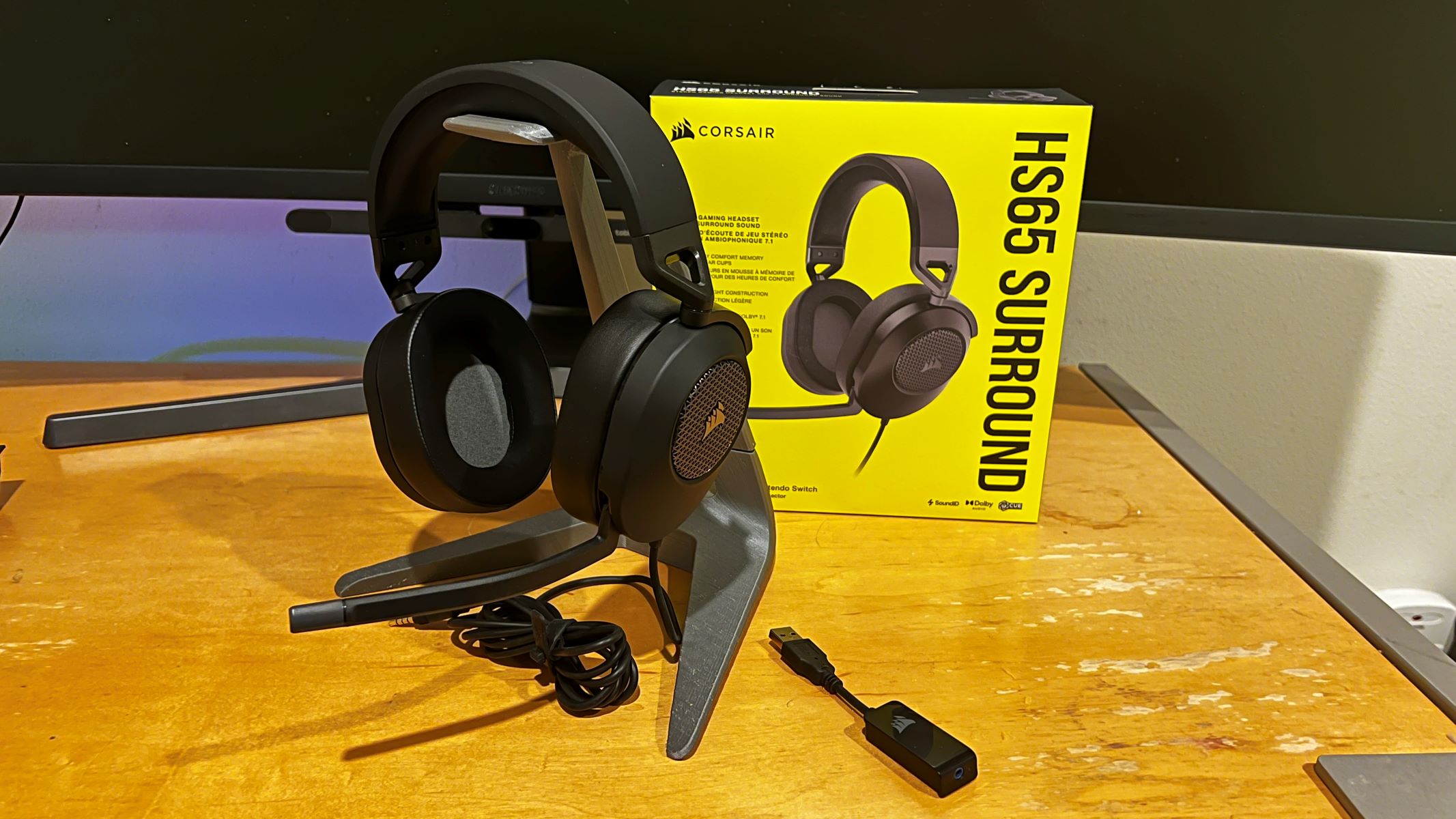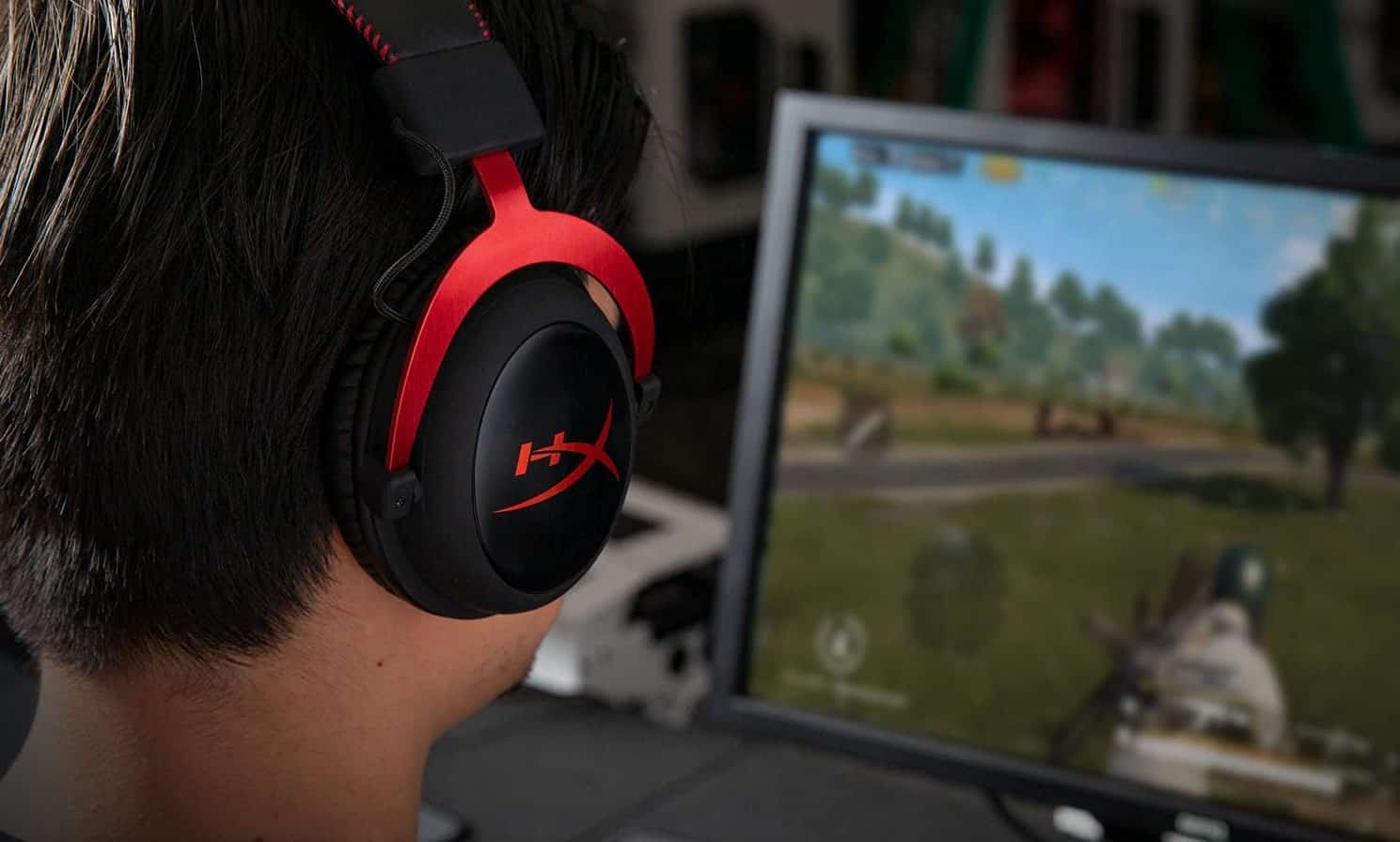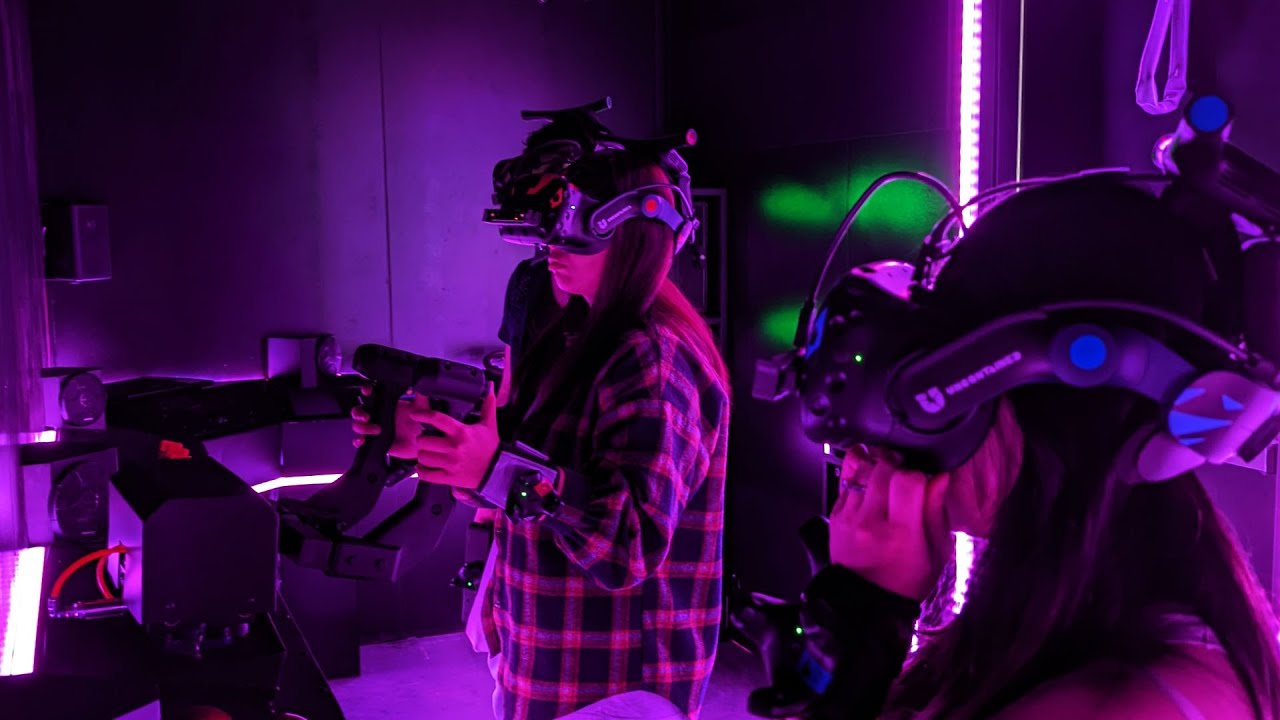Introduction
Are you tired of straining to hear your favorite tunes or missing out on crucial dialogue during intense gaming sessions due to the frustratingly quiet sound from your headset? The mystery of headset quietness can be a perplexing and exasperating experience for many gadget enthusiasts. However, fear not, as this comprehensive guide aims to unravel the enigma and equip you with the knowledge to restore the audio quality of your headset.
Whether you're a music aficionado, a gaming enthusiast, or a professional who relies on crystal-clear audio, the issue of quietness in your headset can significantly impede your overall experience. It's like trying to enjoy a thrilling movie without the captivating sound effects or immersing yourself in your favorite song with muffled vocals. The frustration is palpable, and the impact on your enjoyment is undeniable.
In this guide, we'll delve into the common causes of quietness in headsets, providing valuable insights into the technical and environmental factors that may contribute to this vexing issue. Furthermore, we'll explore effective troubleshooting methods to identify and address the root cause of the problem, empowering you to take proactive measures to restore optimal audio performance.
Additionally, we'll uncover practical solutions to enhance the audio quality of your headset, offering actionable tips and recommendations to elevate your listening and gaming experiences. By the end of this guide, you'll be equipped with a comprehensive understanding of headset quietness and the necessary tools to overcome this audio mystery, ensuring that you can fully immerse yourself in the captivating world of sound without any hindrances.
So, if you've ever found yourself grappling with the frustration of a mysteriously quiet headset, join us on this insightful journey as we unravel the perplexing enigma of audio quietness and pave the way for a more immersive and enjoyable audio experience.
Understanding the Quietness Issue
The enigma of headset quietness often leaves users perplexed and frustrated, prompting them to seek a deeper understanding of this perplexing issue. When faced with a mysteriously quiet headset, it's essential to comprehend the underlying factors that contribute to this audio anomaly.
Headset quietness can manifest in various forms, from a subtle reduction in volume to a significant loss of audio clarity. This phenomenon can disrupt the immersive experience of listening to music, hinder effective communication during gaming sessions, and impede the overall enjoyment of audio content.
One crucial aspect of understanding the quietness issue is recognizing that it can stem from both hardware and software-related factors. Hardware issues may include faulty audio drivers, damaged cables, or suboptimal connections, while software-related issues could involve incorrect audio settings, outdated drivers, or compatibility issues with the device or application.
Furthermore, environmental factors can also play a significant role in exacerbating headset quietness. External interference from electromagnetic fields, suboptimal audio environments, or improper positioning of the headset's microphone can all contribute to a reduction in audio quality and volume.
Understanding the quietness issue necessitates a holistic approach that considers the interplay of hardware, software, and environmental factors. By gaining insight into the multifaceted nature of this audio anomaly, users can approach troubleshooting and resolution with a comprehensive perspective, thereby increasing the likelihood of identifying and addressing the root cause of the problem.
In essence, understanding the quietness issue involves acknowledging the intricate web of factors that can influence audio performance, from the internal mechanisms of the headset to the external environment in which it operates. By unraveling this enigma, users can embark on a journey towards restoring optimal audio quality and reclaiming the immersive and captivating experience that high-quality sound affords.
This deeper understanding serves as the foundation for the subsequent sections of this guide, where we will explore common causes of quietness in headsets, effective troubleshooting methods, and practical solutions to enhance audio quality. By delving into the intricacies of the quietness issue, users can equip themselves with the knowledge and insights necessary to navigate this audio mystery with confidence and expertise.
Common Causes of Quietness in Headsets
The phenomenon of quietness in headsets can stem from a myriad of factors, spanning hardware, software, and environmental influences. Understanding these common causes is pivotal in identifying and resolving the issue effectively. Here are the key factors contributing to the quietness problem in headsets:
-
Faulty Audio Drivers: Outdated or corrupted audio drivers can significantly impact the volume and clarity of sound transmitted through the headset. When the audio drivers are compromised, the headset may produce noticeably lower volume levels, leading to an unsatisfactory listening or gaming experience.
-
Damaged Cables: Frayed or damaged cables can impede the transmission of audio signals, resulting in reduced volume and distorted sound. Physical wear and tear on the cables, often caused by frequent bending or stretching, can compromise the integrity of the audio transmission, manifesting as quietness in the headset.
-
Incorrect Audio Settings: Misconfigured audio settings on the device or application can lead to suboptimal audio output from the headset. Issues such as low volume levels, muted channels, or incorrect audio balance settings can contribute to the perception of quietness, despite the headset being fully functional.
-
Compatibility Issues: Incompatibility between the headset and the connected device or software can lead to diminished audio output. This may arise from mismatched impedance levels, incompatible audio codecs, or conflicting software configurations, resulting in reduced volume and compromised sound quality.
-
Environmental Interference: External factors, such as electromagnetic interference from nearby electronic devices, suboptimal audio environments with excessive ambient noise, or improper positioning of the headset's microphone, can contribute to quietness issues. These environmental influences can disrupt the clarity and volume of audio transmitted through the headset, leading to a subdued listening experience.
-
Low Battery Levels: In the case of wireless headsets, low battery levels can lead to reduced audio output, resulting in perceived quietness. Insufficient power can impact the headset's ability to deliver optimal sound levels, necessitating timely recharging or replacement of the batteries.
By recognizing these common causes of quietness in headsets, users can embark on a targeted troubleshooting process to identify and address the specific factors contributing to this audio anomaly. This deeper understanding forms the basis for implementing effective solutions to restore the optimal audio quality of the headset, ensuring an immersive and enjoyable audio experience.
Troubleshooting the Quietness Problem
Troubleshooting the quietness problem in headsets requires a systematic approach to identify and address the underlying issues affecting audio performance. By following a structured troubleshooting process, users can pinpoint the root cause of the quietness anomaly and implement targeted solutions to restore optimal audio quality. Here's a comprehensive guide to troubleshooting the quietness problem in headsets:
-
Check Audio Settings: Begin by verifying the audio settings on your device or application. Ensure that the volume levels are appropriately adjusted, channels are not muted, and the audio balance is optimized for the headset. Additionally, confirm that any equalizer or audio enhancement settings are configured to enhance rather than diminish the audio output.
-
Inspect Cables and Connections: Examine the headset cables for any signs of damage or wear. Ensure that the connectors are securely plugged into the audio jacks, and there are no loose connections. If using a wireless headset, check the integrity of the wireless connection and the battery levels to rule out power-related issues.
-
Update Audio Drivers: Check for updates to the audio drivers on your device. Outdated or corrupted drivers can significantly impact audio performance, leading to reduced volume and clarity. Updating the audio drivers to the latest version can resolve compatibility issues and improve audio output.
-
Eliminate Environmental Interference: Identify and mitigate any environmental factors that may be contributing to the quietness issue. Minimize exposure to electromagnetic interference from nearby electronic devices, ensure that the headset's microphone is positioned correctly, and create an optimal audio environment by reducing ambient noise.
-
Test on Alternative Devices: To isolate device-specific issues, test the headset on alternative devices. If the quietness problem persists across different devices, it is likely a headset-related issue. Conversely, if the issue is device-specific, it may indicate compatibility or configuration issues on the original device.
-
Reset and Reconfigure: For wireless headsets or those with advanced audio settings, consider resetting the headset to its default configuration and reconfiguring it according to the manufacturer's guidelines. This can help resolve any software-related anomalies that may be contributing to the quietness problem.
-
Seek Manufacturer Support: If the troubleshooting steps do not yield a resolution, consider reaching out to the headset manufacturer for technical support. They may provide specific guidance or recommend further diagnostics to identify and address the quietness issue effectively.
By systematically troubleshooting the quietness problem, users can navigate through the intricacies of audio performance, identify the specific factors contributing to the issue, and implement targeted solutions to restore optimal audio quality. This proactive approach empowers users to reclaim the immersive and enjoyable audio experience that high-quality headsets are designed to deliver.
Solutions to Enhance the Audio Quality
After identifying and addressing the root causes of quietness in headsets, implementing solutions to enhance audio quality is pivotal in restoring an immersive and enjoyable listening or gaming experience. Here are the actionable solutions to elevate the audio quality of your headset:
-
Optimize Audio Settings: Fine-tuning the audio settings on your device or application can significantly enhance the audio output of your headset. Adjust the volume levels to an optimal range, balance the audio channels for a more immersive experience, and explore any built-in equalizer settings to customize the audio output according to your preferences.
-
Utilize Audio Enhancements: Many devices and applications offer audio enhancement features, such as virtual surround sound, spatial audio, or custom EQ presets. Experimenting with these enhancements can elevate the spatial awareness and depth of the audio, providing a more captivating and immersive listening or gaming experience.
-
Upgrade to High-Quality Audio Codecs: If your headset and device support advanced audio codecs, such as AAC, aptX, or LDAC, consider leveraging these codecs to unlock higher fidelity audio transmission. Upgrading to high-quality audio codecs can enhance the clarity, detail, and dynamic range of the audio, resulting in a more engaging and lifelike sound experience.
-
Invest in an Audio Amplifier: For wired headsets, integrating an external audio amplifier can boost the power and fidelity of the audio signal, resulting in enhanced volume, clarity, and dynamic range. A quality audio amplifier can breathe new life into your headset, unleashing its full potential and delivering a more impactful audio performance.
-
Position the Headset for Optimal Sound: Proper positioning of the headset, especially the microphone for gaming headsets, is crucial for optimizing audio quality. Adjust the microphone to the ideal distance and angle for clear and articulate voice transmission, ensuring that your communication remains crisp and intelligible during gaming sessions.
-
Upgrade to Premium Audio Accessories: Consider complementing your headset with premium audio accessories, such as high-quality ear cushions, noise-isolating ear tips, or a dedicated headphone stand. These accessories can enhance comfort, acoustics, and overall audio performance, contributing to a more satisfying and immersive audio experience.
By implementing these solutions, users can elevate the audio quality of their headsets, unlocking the full potential of their audio devices and ensuring a more captivating and enjoyable audio experience. Whether it's immersing oneself in the rich soundscape of a favorite song or engaging in intense gaming battles with crystal-clear audio, these solutions pave the way for a more fulfilling and immersive audio journey.
Conclusion
In the realm of audio experiences, the enigma of headset quietness has posed a formidable challenge for users seeking to immerse themselves in the captivating world of sound. However, armed with a deeper understanding of the underlying factors contributing to this audio anomaly, users can navigate through the complexities of headset performance and emerge with actionable insights to restore optimal audio quality.
The journey of unraveling the quietness issue has led us through a multifaceted landscape, encompassing hardware, software, and environmental influences. From faulty audio drivers and damaged cables to environmental interference and compatibility issues, the common causes of quietness in headsets have been unveiled, shedding light on the intricate web of factors that can impact audio performance.
By systematically troubleshooting the quietness problem, users can embark on a proactive quest to identify and address the root cause of the issue, implementing targeted solutions to restore the immersive and enjoyable audio experience that high-quality headsets are designed to deliver. From checking audio settings and inspecting connections to updating drivers and mitigating environmental interference, the troubleshooting process empowers users to navigate through the maze of audio anomalies with confidence and expertise.
Furthermore, the journey has not merely been about troubleshooting; it has been about elevating the audio experience to new heights. By implementing solutions to enhance audio quality, such as optimizing audio settings, leveraging audio enhancements, and upgrading to high-quality audio codecs, users can unlock the full potential of their headsets, ensuring a more engaging and lifelike sound experience.
In conclusion, the enigma of headset quietness, once a perplexing challenge, has been demystified through a journey of understanding, troubleshooting, and enhancement. Armed with this knowledge, users can reclaim the immersive and enjoyable audio experiences that they deserve, whether it involves savoring the nuances of a favorite song or engaging in adrenaline-pumping gaming adventures. The audio mystery of headset quietness has been solved, paving the way for a more captivating and fulfilling audio journey.

























